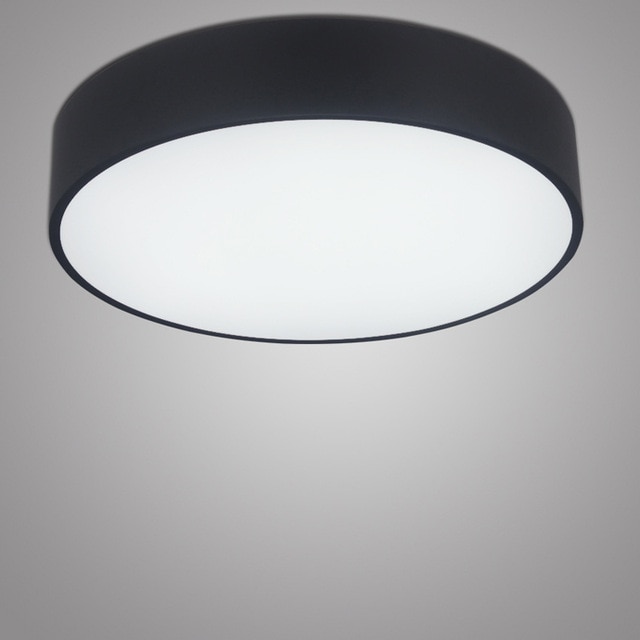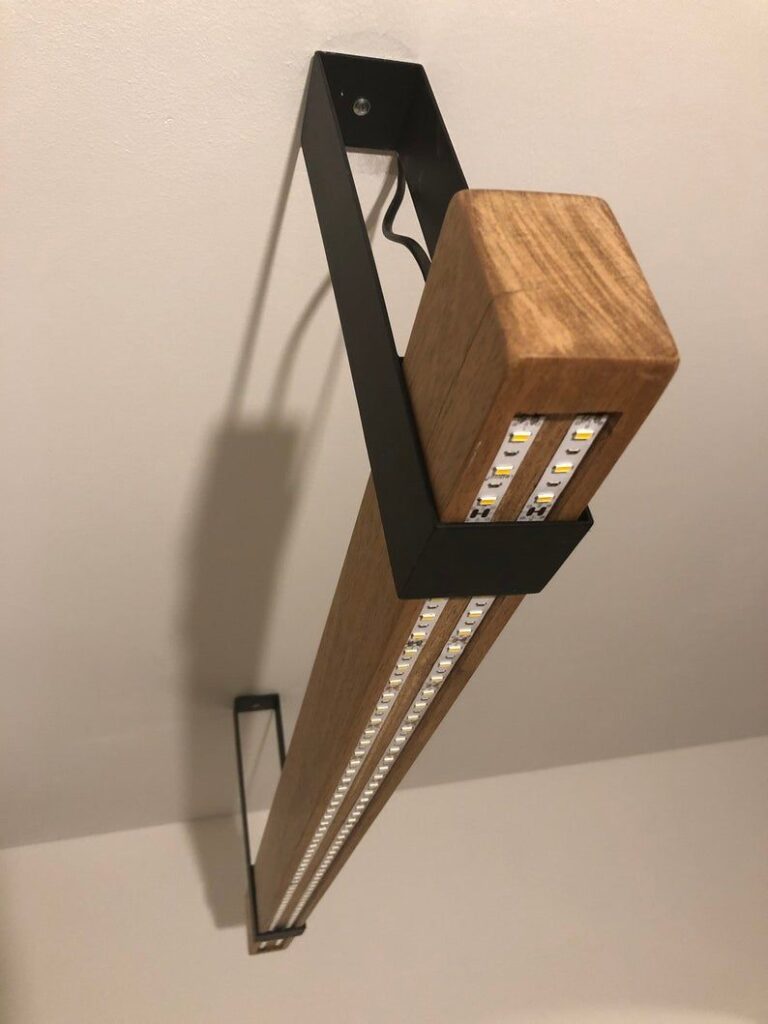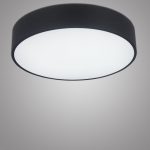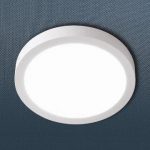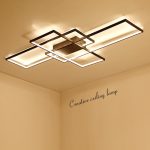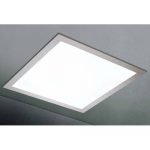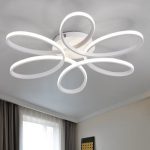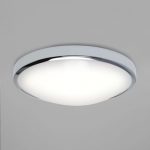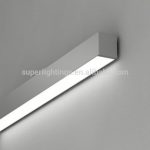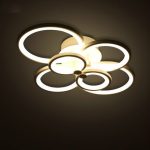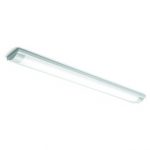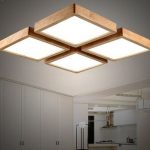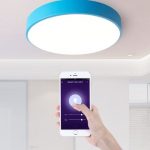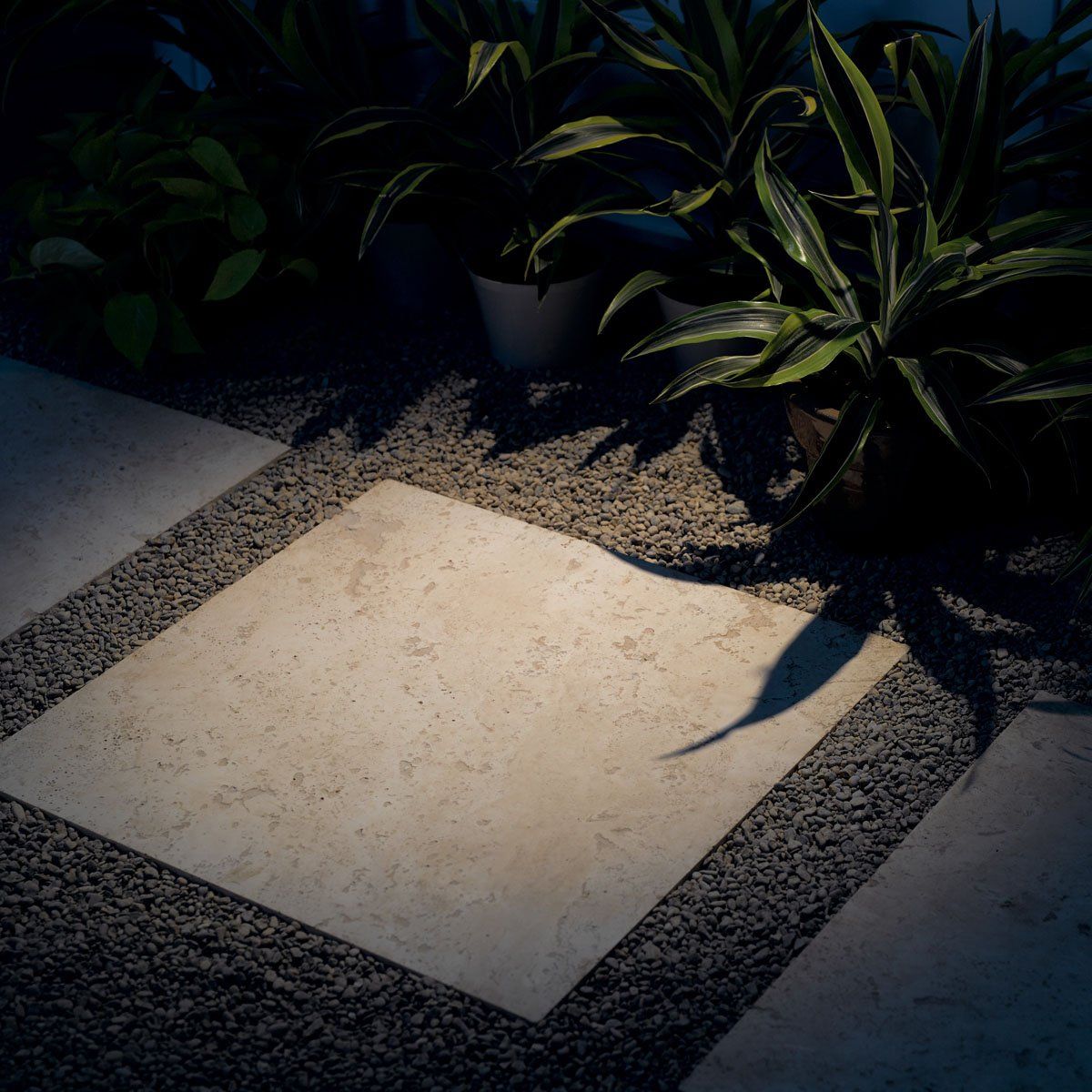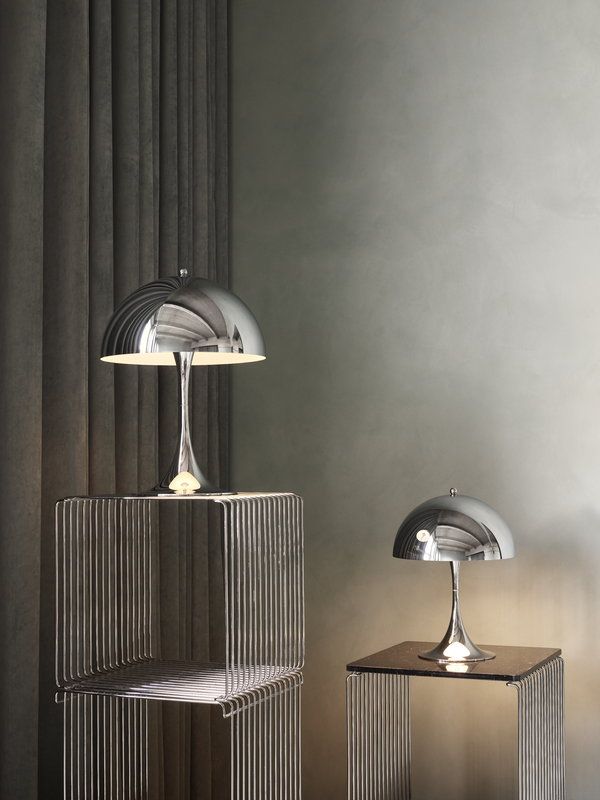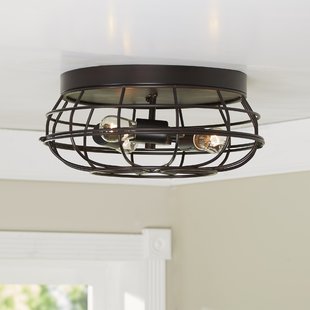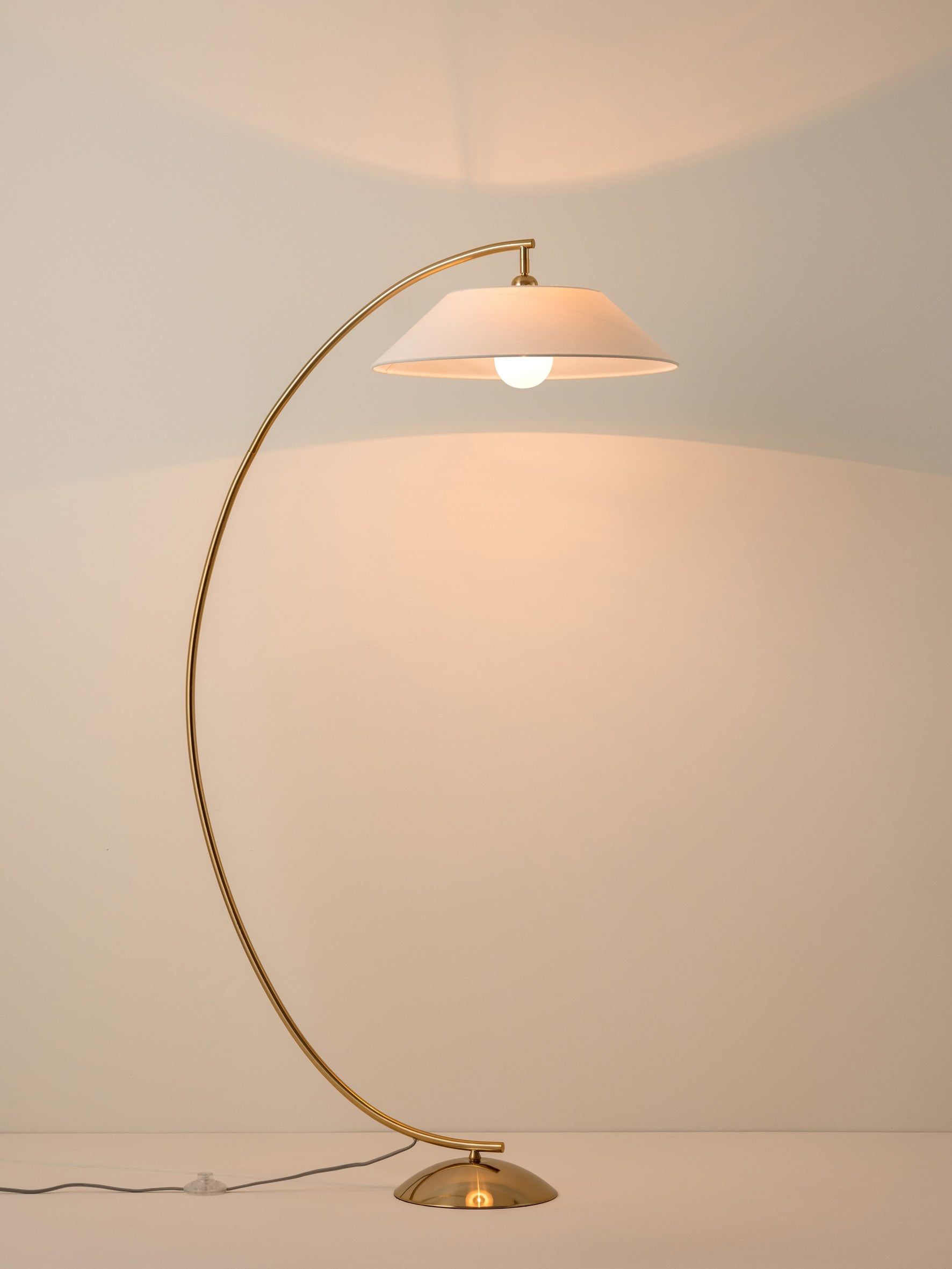LED ceiling lights – technology that inspires

A light source that was as small, efficient and long-lasting as possible was the demand of architects and lighting planners. The LED lamp was born and now begins its triumphal procession through the homes.
The practical advantages of an LED light are obvious:
- LED lights are energy efficient
- LED lights have a lifespan of up to 50,000 operating hours
- LED lights are vibration and impact resistant
- Thanks to their UV-free light, LED luminaires are suitable for illuminating pictures and works of art
- LED lights are not getting hot
But also from a decorative point of view, LED luminaires have a lot to offer: with rather discreet luminaire bodies, pure LED luminaires play with light and light effects. Like to be z. B. LED ceiling lights with dimmer and color change function offered and thus show the full power of LED technology.
More and more trendy are combinations of LED lamps and other light sources. Due to their small point size, LED lamps are often used for starry skies and also invite you to dream in the form of LED ceiling lamps in bedrooms and bathrooms. Take advantage of the benefits of LED technology. We are happy to advise you.
LED Lamps – From small, colorful indicator lights to all-rounders
The LED – short for light-emitting diode – is an electronic semiconductor device that emits light when current flows through the diode. Unlike the light bulb that was invented 130 years ago, the LED is a relatively new invention. Almost 50 years ago, the first industrially produced LED came on the market, initially only in the colors red, yellow, green and orange. Since 1997 there are also LEDs with white light. The benefits of LED lights and lamps are undeniable: low energy consumption, long life – 30,000 to 50,000 hours – and unrestricted color mixing. These are the benefits that LEDs bring to a long-lasting, energy-saving alternative in times when consumers are looking for a replacement for the light bulb that is gradually disappearing from our lives.
A few years ago, the small, colorful indicator lamps, taillights and car indicators, for which LEDs were known and used, are now more universal than ever: whether as a desk lamp, modern chandelier or surgical lamp – the modern light-emitting diodes are both decorative and functional and can be used indoors as well as outdoors.
The LED – a reverse solar cell
The operation of the LEDs is not easy to explain, but it can be said for laymen simplified that the LED is the physical inversion of the solar cell. In the case of the solar cell, the light falls on a silicon disk and is thereby converted into electricity. Conversely, the process works with the LED: The direct current in the silicon semiconductor is converted into light, which is emitted via the lens.
The LED ceiling lamp – an upgrade for every room
LED ceiling lamps can be used as standard ceiling lights for general or general lighting. They are available as recessed or surface-mounted luminaires. An LED ceiling lamp is always a central furnishing object due to its placement in the middle of the room ceiling. With the right LED ceiling light, you can not only illuminate the room, but also make a contribution to the cozy decor and atmosphere of the apartment.
LED ceiling lamps for all rooms of the house
LED ceiling lamps can be used in almost all rooms of the house. They are available in various designs, colors and designs. An LED ceiling lamp for the children’s room is decorated with colorful motifs, an LED ceiling lamp for the living room made of stylish, noble materials, and the LED ceiling light for the slightly smaller hallway area is simple and fits into the circumstances. In the bathroom, it is important that the LED ceiling light meets certain safety requirements. In rooms where water is used and moisture is generated, higher degrees of protection (IP) are required.
